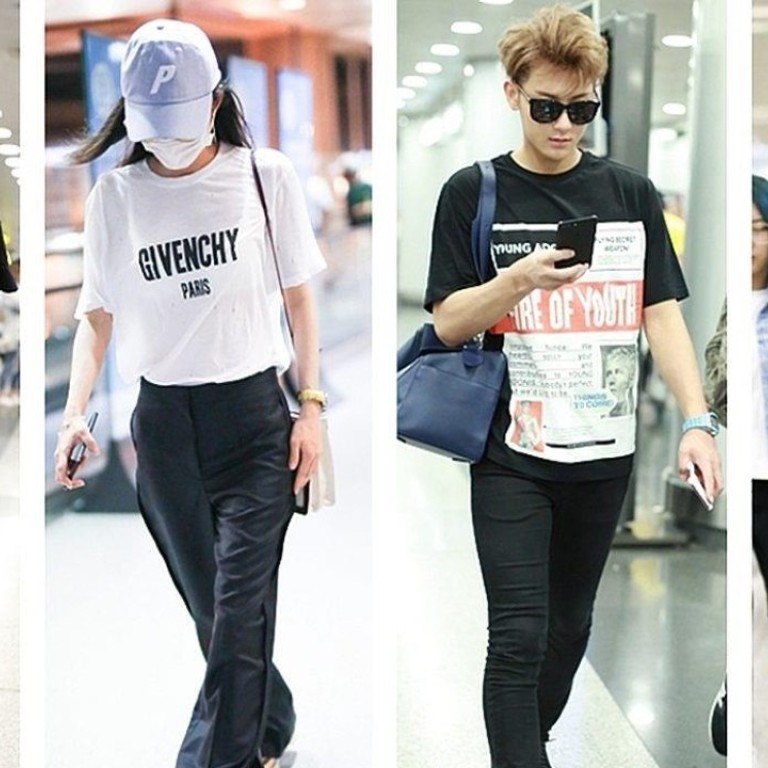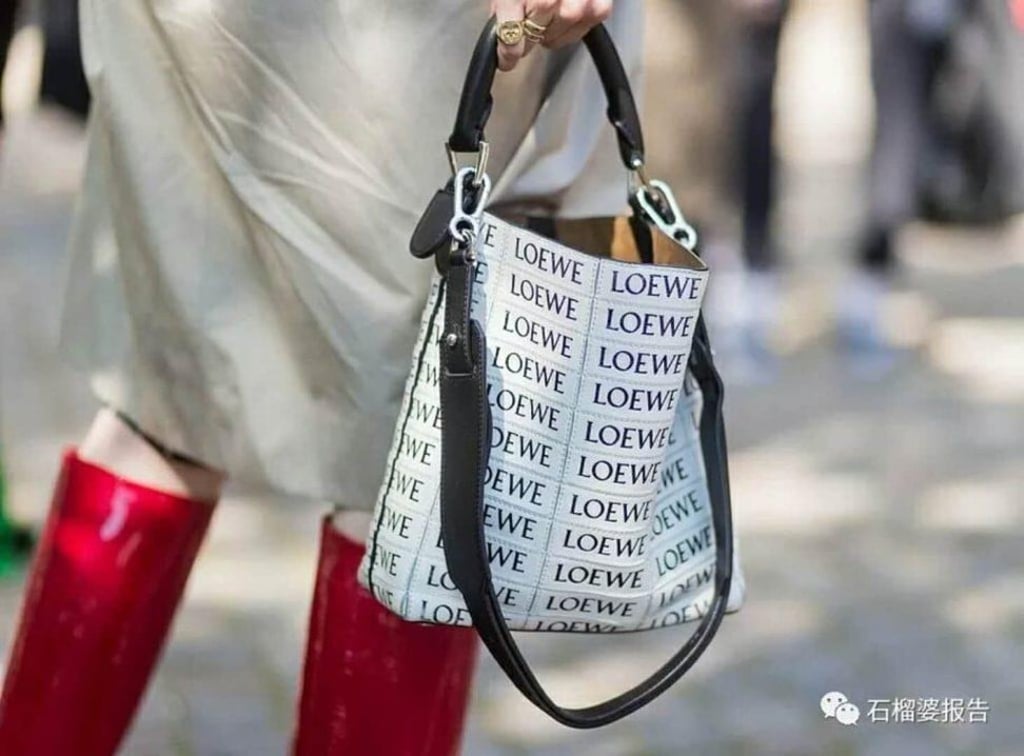Flashy logos are making a comeback in China

Post-90s generation see luxury brand names in blatant display as a means of self-expression
This article was written by Yiling Pan and originally published on Jing Daily.
Logos have returned to the runway in recent seasons. Even in China, where the industry consensus was that countless fakes and shallow status projection had created serious logo fatigue, people are no longer ashamed to flash luxury logos from head to toe.
In the West, the recent renaissance in flashy logos is largely associated with revivalism, in which fashion designers look back to the past, especially the ’90s (when logos were trendy), for inspirations that resonate with millennials.
Different dynamics are at play in China. While conspicuous logos made the wearer a target of derision in China 10 years ago, Chinese consumers have begun to appreciate the way logos are incorporated into luxury items. They’re connoisseurs of brand histories and narratives, having explored them through online media and offline experiences, such as brand exhibitions.
A new love of logos has been inspired by shifting cultural and economic trends.
The Streetwear Crossover
The popularity of logos is linked to China’s craze for hip hop and streetwear.
Last year, Chinese reality show The Rap of China was phenomenally popular, providing perhaps the biggest mainstream platform for hip hop and streetwear culture in Chinese history. The show ignited their enthusiasm for streetwear brands, making once niche labels like Supreme, Off-White, Raf Simons and Vetements household names.
